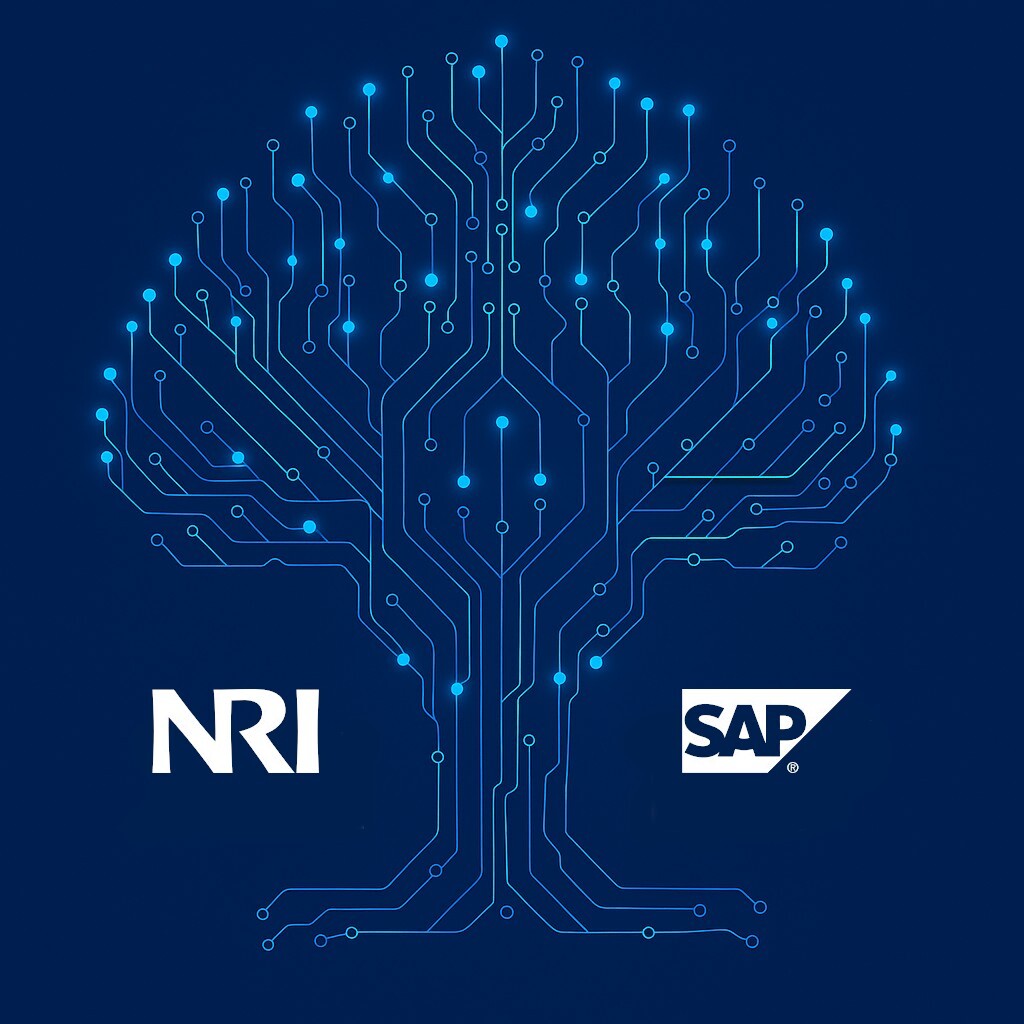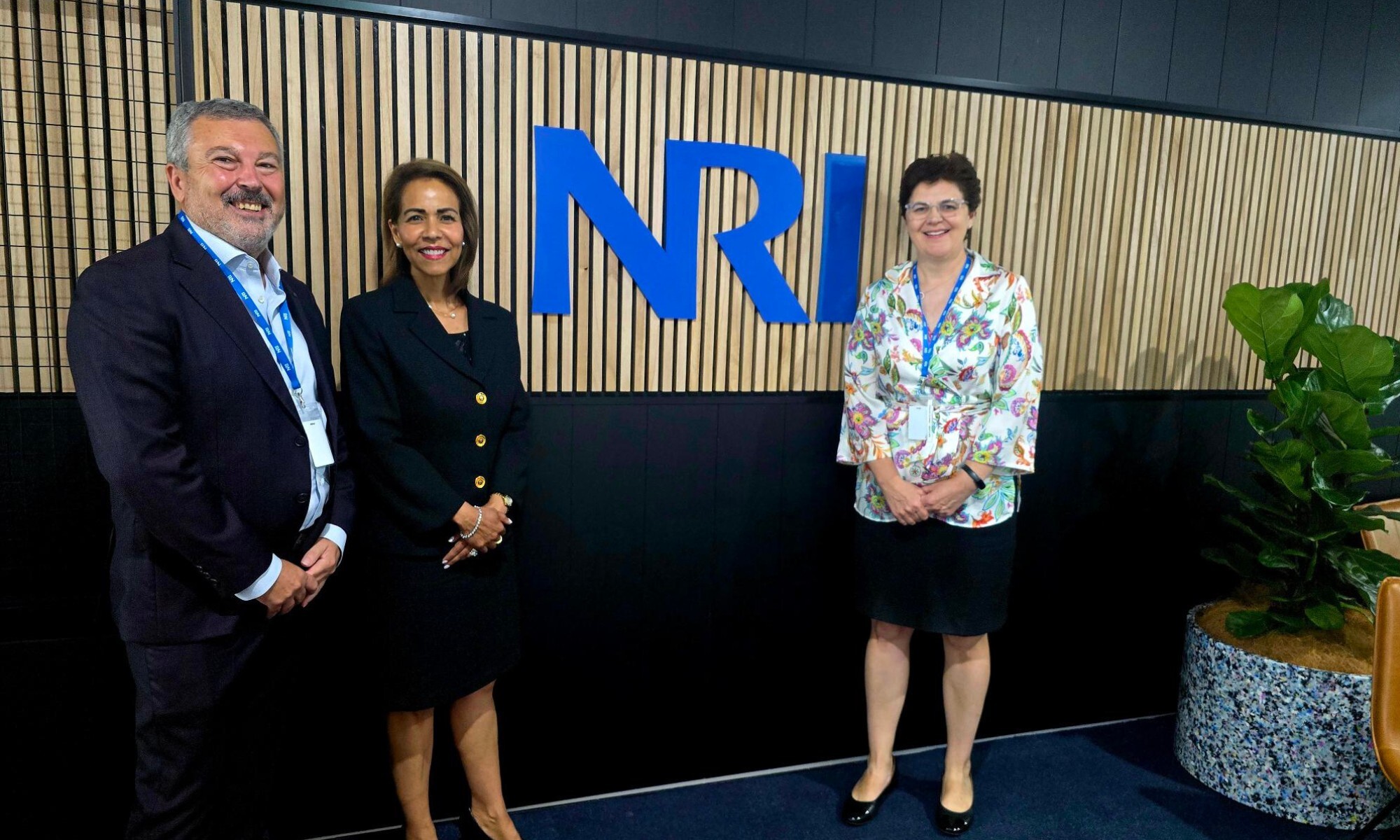Insights
Growth, dynamic capacity, and the CEO/customer gap – top insights from Gartner IT Symposium/Xpo™ 2024
- Date 26 Sep 2024
- Filed under Insights

In times of uncertainty, insights like those provided at the recent Gold Coast 2024 Gartner IT Symposium/Xpo™ are invaluable. If you didn’t get to the event, don’t fret – we’ve pulled together the most notable observations that may impact Australian businesses in the very near future. Most prominent is that growth tops the agenda and may be powered by a nuanced combination of AI with people power in what Gartner Analysts, David Furlonger, and Kristin Moyer called ‘dynamic capacity’. And Houston, we may have a problem: CEOs could be dangerously distanced from their own customers.
The long-running Gartner IT Symposium/Xpo™ showcases the research and advisory firm’s equally venerable CEO Survey, which this year polled over 400 CEOs and other senior business executives in North America, Europe, Asia/Pacific, Latin America, the Middle East and South Africa.
At this Symposium, Gartner Analysts dubbed 2025 ‘The Year of Dynamic Capacity’, with growth targeted by 56% of respondents to the Survey, attesting to a general sense of ‘cautious optimism’. With growth the top priority, the next two are eye-catching: Technology Related is second and cited by 42% of CEOs (up 25% on the year prior) and Corporate slid into 3rd, on the mind of 36% (up a massive 63%).
Defining dynamic capacity
Let’s start by considering ‘dynamic capacity’ and how it relates to growth and the Technology-related priority item. Gartner defines dynamic capacity as humans and machines flexibly working together, rapidly adapting to changing market conditions and driving growth.
CEOs are looking for AI-enabled dynamic capacity to come into their business, accelerating efficiency in transitioning operating models. At the same time, the workforce or people priority has reduced, with more technology supplanting dependence on the human being.
A minor paradox does, however, arise. Even as machines do more value-added work with reduced human oversight (which Gartner calls autonomous business), the role of frontline workers is expanded. For example, Bayer CEO Bill Anderson is building a ‘dynamic shared ownership’ operating model which puts more decision-making in the hands of frontline workers.
Of course, de facto dynamic capacity might differ from one organisation to another: A government agency might seek to adapt to changing citizen needs. Manufacturers might increase and decrease production volumes. A pharmaceutical company might use AI and human intellect for drug candidate assessment.
And while technology is always an extremely large basket, Gartner Analysts note that over two decades it has never seen such a high of a percentage (34%) of executives expecting just one to dominate their industry. AI.
Which presents a risk. Focusing on one technology to the exclusion of all others could mean missing opportunities. Gartner’s advice here is clear: keep the CIO close, as their reason, judgment and guidance might prove indispensable.
New and emerging risk
There are, of course, many other challenges that CEOs are aware of, which is why risk has returned to the top 10 priorities for the first time since 2021 (cited by 9% of respondents, but up a full 58% from the prior year).
Where those risks lie is inextricably linked to the growth and technology agenda: CEOs have told Gartner for years that geographic expansion is the key to prosperity, and this year 22% said new territory is on their radar.
However, geographical diversity exacerbates risk, particularly in terms of supply chains (including technology supply chains). Along with that, people in new territories may require differentiated products – again, ramping up risk – while cybersecurity risks are amplified owing to regulatory and other differences.
Growth also comes from mergers and acquisitions, of course, and 59% of CEOs expect more business capacity from M&A activity taking them into fresh markets. An example is confectioner Mars which recently bought the snack brands of Kellogg’s to access new markets and customers in Africa and Latin America, diversifying the risks associated with cocoa dependence.
More on customers (and the CEO)
There’s risk in seeking out new customers in foreign lands, but what about existing customers? A new risk Gartner flags is that customers confuse CEOs and threaten their existing strategies. Almost astonishing, but you can see why; most CEOs – certainly those in, for example, FMCG environments, have little to do with customers.
Now, we’ve all seen inflation eating into our pay checks, and most appreciate the complexity of the underlying reasons. But as this relates to CEOs, many are asking if price increases have gone too far, with Gartner reporting that up to 33% are worried about price sensitivity and the necessity for an improved value proposition.
Coca-Cola advocates earning the right to raise prices by knowing more about customers – makes sense. But Gartner says it doesn’t think CEOs have enough insight and need more and different data, especially when pushing into new markets.
The evidence for the lack of customer understanding, adds Gartner, is that it asked 100 CEOs for their definition of customer experience – and received 100 different answers. The problem is written large – and this observation places a clear obligation on CEOs and other executives to improve their understanding of customers to create aligned rather than competing or confusing strategies.
People
Growth, AI, dynamic capacity. All three of these notions rest on a great workforce making it happen. But as already pointed out, as AI steps up, it has a sometimes-paradoxical impact on people.
Whatever those impacts are, there are a few home truths to which Gartner drew attention. At the top is that employees want better pay; they want workplace flexibility; and they want a work-life balance. And CEOs, of course, have a suitable workforce strategy.
Except, 68% of organisations say, ‘they’re working on one’ (which means it isn’t quite there yet). And for dynamic capacity, that strategy must consider – you guessed it – humans and AI. Gartner calls it the ‘human-machine partnership and believes it key to unlocking AI potential.
Gartner characterised this as ‘you don’t just dump Office 365 and Copilot on everyone’s desk’ (a statement we echo in our Copilot adoption guide). You must give them training if it’s going to be effective’. Training, in other words, is crucial – along with sound business cases for your dynamic capacity.
Of course, CEOs have to turn the AI on for themselves, too, augmenting their limited time to boost leadership capability to support dynamic capacity. Generative AI coaching could improve leadership skills and automate mundane compliance and other tasks.
Back to dynamic capacity
Gartner suggests that CEOs looking for growth driven by AI should focus on working very closely with CIOs to enable dynamic capacity. But it also notes that two thirds of CEOs believe their operating model isn’t fit for purpose (nor the business model).
This points to the challenge in achieving a modern, optimised operating model – but as the other one third of CEOs have perhaps shown, it is not impossible. And achieving this capability while short on time can be solved only by greater reliance on intelligent machines, coupled with a motivated and sufficiently incentivised workforce.
Insights in this article were presented at the 2024 Gartner IT Symposium/Xpo™ in Australia, by Distinguished VP Analysts – David Furlonger and Kristin Moyer: Signature Series: CEO Concerns 2025: The Year of Dynamic Capacity. 9 September 2024.





